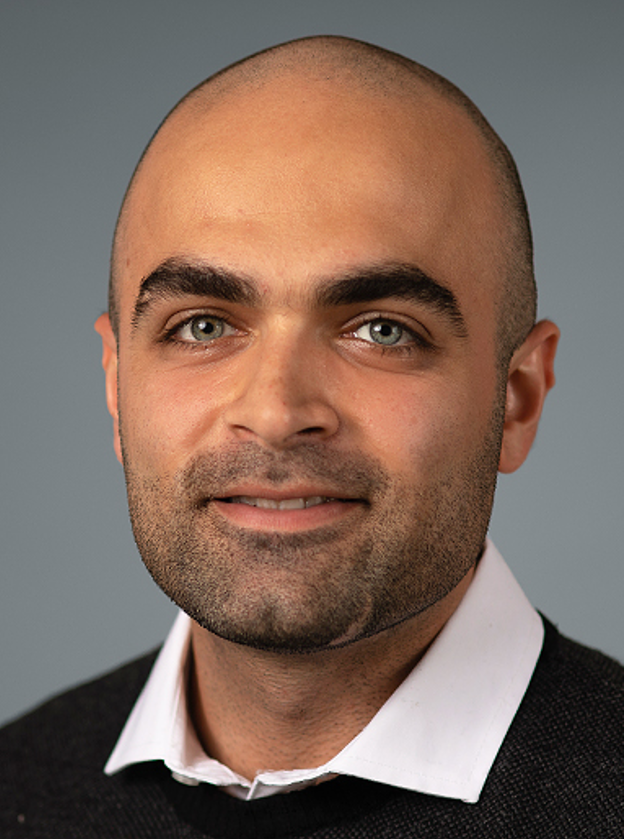Statistic for Engineers
Undergraduate course, MIT Building, Umeå University, 2023
The terms probability, discrete and continuous random variable, probability function, density function, distribution function, expected value, variance, standard deviation, covariance and correlation are defined. Furthermore, the most common standard distributions in technical contexts are treated with special emphasis on the normal distribution, distributions for linear combinations of independent random variables with and without normal distribution assumption (application of the central limit theorem) and approximations of expected values and variance for non-linear functions of random variables. The concepts of point estimate, expected value accuracy, efficiency, hypothesis, significance level, power, type I and II error, rejection region, p-value, and confidence level are defined.
The t, Chi2 and F distributions are applied in hypothesis testing and interval estimation for one and two samples. The course also covers the basics of stochastic simulation, bootstrap and permutation tests. Finally, the analysis of contingency tables, the basics of one-way analysis of variance and simple and multiple linear regression analysis are covered.
The theory from Module 1 is applied to problems from the reality the students may encounter after the education. Data analysis mainly takes place with the support of suitable statistical software and great focus is placed on presenting problems and solutions both in writing and orally.
The course may be given with lectures in English.
